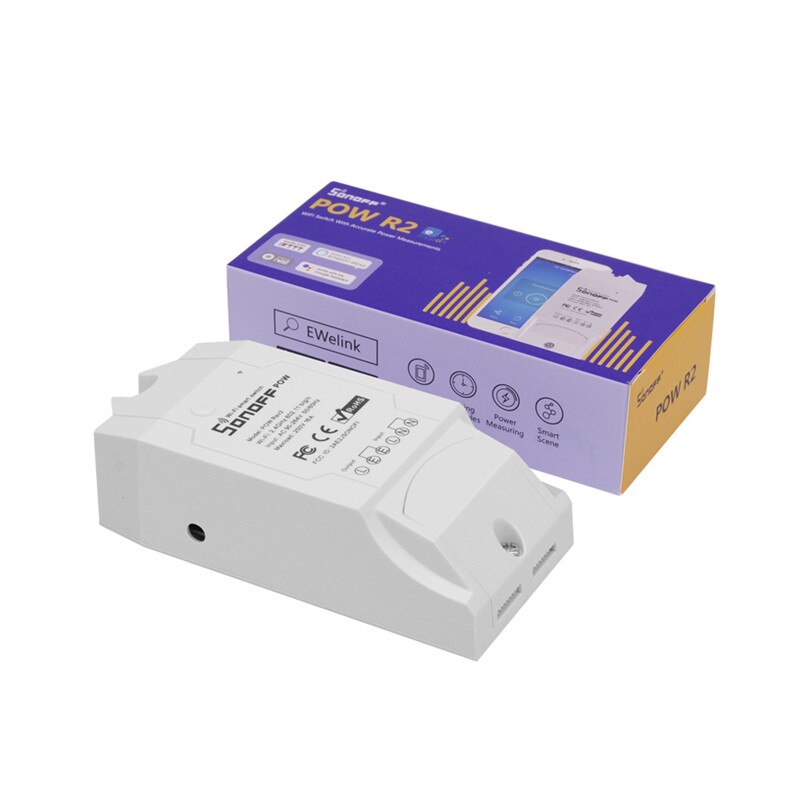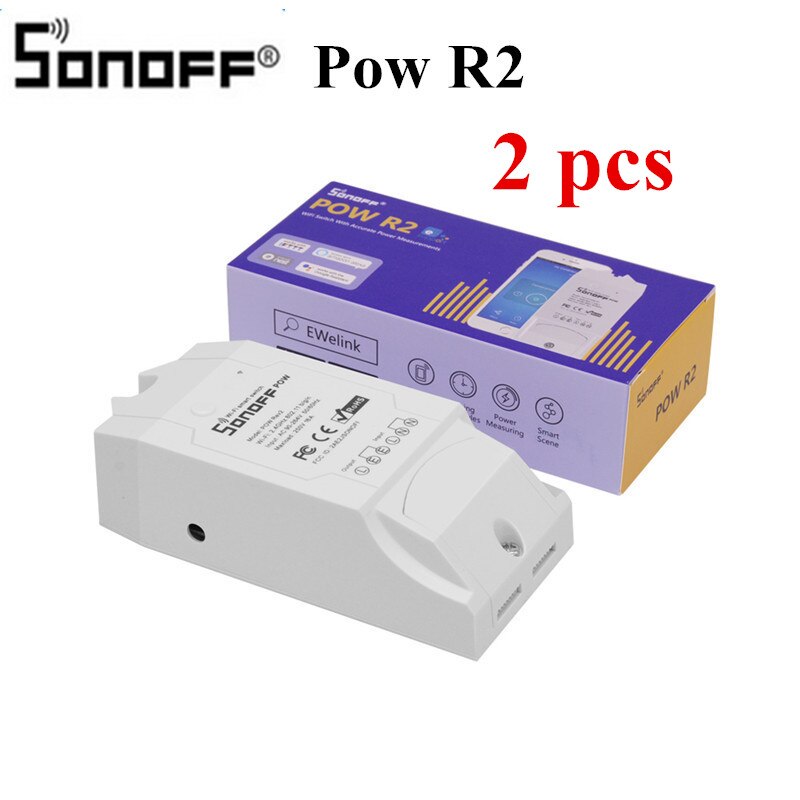Table of Content
Follow the steps to set a nickname for these devices and add them to a room. You can create a new home, create a new room or add your devices to an existing room. Experiencing issues with the LED lights on your thermostat heat link in the UK?

How to use GCP Metrics and Logging to identify and resolve production issues. If something went wrong when you tried to set up your Nest or Home device, you aren’t alone. Find centralized, trusted content and collaborate around the technologies you use most. For example, try using a different UDP port or discovery packet. Click Inspect under your app URL to launch Chrome Developer Tools.
Download the Google Home app
When you purchase through our links we may earn a commission. Under "In your home" or "Local devices," you can find all devices on the same network that aren’t part of a home or room. Scroll through the list and select the item that you want to add. The Google Home app will give you a summary of the changes you’ve made. Now, your new access will appear in your Google Home. Open the Google Home app and ensure that you’re signed into your Google account.

If you continue to see your device after you’ve removed it, try these tactics. Home Entertainment Whether you want to build your own home theater or just learn more about TVs, displays, projectors, and more, we've got you covered. To change the name of the room, tap the room and hit change name. Customize it as a “master room” or “guest room” depending on your house configuration. If most of the smart gadgets are in the living room, you can organize them and set routines. Usually, you can see it in the box the specification.
How to add a HomePod to the Home app
Once you choose the first device, the app will require signing in to the account you have with the device’s manufacturer. After that, the device will appear in the “Devices” list, and you can proceed to add the rest of the removed devices. In the following section, you will verify that the Google Home device can properly scan, identify, and send commands to the virtual smart washer over the local network.

Tap on the option ‘Manage Accounts’ to open the list of linked services. Although Google Home is a fantastic concept that lets you control devices around your house, most users have experienced some minor glitches. One such issue causes duplicate devices to appear in the Google Home app. Select 'Choose devices' and you'll be able to add and remove as you please. Alternatively, you can click on an individual device and choose the room you want to assign it. The Google Home app shows all your devices – categorized by room – on the home screen, giving you a much clearer overview of your smart home.
With the Google Home app
The other option, which we are going to take, is to add a "Works With Google" device that we have already added to our home Wi-Fi network. Check your device’s packaging, manual or the manufacturer’s website to know if “Seamless Setup with Google Home app” is listed. If it is, follow the instructions for Seamless Setup. Some devices, such as certain lights and plugs, have been made to work directly with the Google Home app. With Seamless Setup devices, you don't need a bridge, hub or the device maker’s app. Only Apple devices can send content using AirPlay, but it can be received and mirrored by several TV brands, including Samsung.
You can access and manage your Google Drive files just like you would any other files on your computer. Your Google Drive should now appear as a separate folder in the left sidebar of File Explorer. In this post, we’ll go over how to connect Google Drive to File Explorer on both Windows 11 and Windows 10. We’ll also discuss some of the benefits of using Google Drive and why it’s a great option for file storage and sharing. Hopefully, we have managed to help you remove the unwanted devices from your Google Home app.
Select the Console tab and verify that you can see the content of IDENTIFY intent printed by your TypeScript app. Index.html—Local hosting page used to serve the app for on-device testing. After deployment completes, navigate to the web UI and click the Refresh button in the toolbar. This triggers a Request Sync operation so that the Assistant receives the updated SYNC response data.
Also, change the local home app version, so that we can identify if we're using the correct version. A series of numbers will show up on the screen of both your Hub and on your phone, and these numbers should match. Select Yes to verify that these numbers match and that you’re connecting the right device. Choose which room the device will be in, and you are ready to connect. When you are logged in, open up your Google Home app and give it a moment to get its bearings. Usually, at this point, the Google Home app will say something like, “New device detected” or “Set up device.” Select this notification to begin.
Simply follow the prompts and instructions on your mobile device to finish setting up your HomePod. A page will populate and you will need to click on the name of your device one more time to unlink it. Once done, go back to the apps’ home screen and verify that the device is gone.

Going through this section first may save you a headache later on. When playing media on your phone like YouTube videos and different apps, the AirPlay logo should appear on your screen. Typically, the logo appears in the top-right corner of the screen when you're watching or streaming videos. For other apps like Photos, you will need to click the Share icon at the bottom of the screen and an AirPlay option will appear.
The next step is setting your location and giving Google permission to access it. The app will try to pinpoint your location, but if it’s off in any way, you can hit the pencil icon off to the right and enter in your location manually. Once you’re done, tap on “Set Location” down at the bottom.

No comments:
Post a Comment